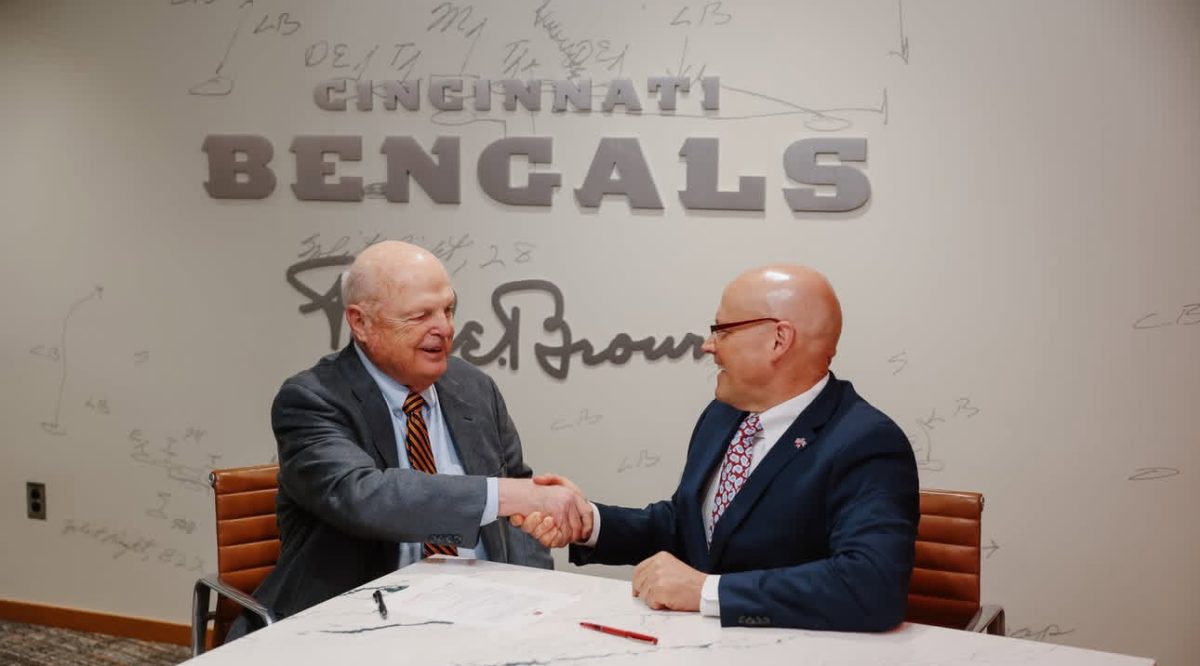Kasey Woomer scurried into Professor Jim Friedman’s office. She seemed rushed and slightly out of breath, as she informed the professor that a student who had just left his office burst into tears immediately upon leaving. All that young man wanted was the approval of Friedman, who is a professor of entrepreneurship and a fierce advocate for creativity.
Friedman believes creative practices are the foresight that companies—and people—need to truly excel. Without creativity, Friedman reckons that customers would get bored with companies and move on to their competitors. But this mindset also offers people a chance to better themselves.
That’s what drove him to develop Creativity City, a week-long immersive experience that gives entrepreneurship and other creativity-focused students a chance to show the community what they have learned in their classes.
“I thought it was a great opportunity to get them to understand and live creatively,” Friedman said. “If you aren’t actually practicing things, you aren’t learning.”
According to Forbes, creativity is the skill of the future, because it is something that technologic advances still lag behind on.
The city model was on the front lawn of the Farmer School of Business from April 15-19. Each “resident” had his or her own “plot of land” and “property” that featured a brick enclosure about chest-high. Each enclosure featured an activity that residents asked students and visitors to participate in. Some of these ventures included singing karaoke, confessing creative sins, creating new words, coming up with intricate diner orders, taking a partially-drawn picture and finishing it and even lighting things on fire. Residents also took turns camping out during the week-long event, because they had to “guard” their “city.”
Woomer, assistant director of creativity and innovation for the institute, works extensively alongside Friedman and played a key role in the logistics of Creativity City. One of her responsibilities was to make sure all of Friedman’s values and visions got implemented into the “city.” She contends that the goal is to teach all of campus about their own creative potential and show them small things they can do every day.
“Change the way you walk to class or work, look up from your phone and look at surroundings, don’t do the first thing that comes to mind, make a list of what bugs you and keep track of those to make sure your mind is constantly moving,” Woomer said. “People aren’t creative when they do what they are told.”
When asked about how residents of Oxford can be more innovative in their daily lives, Woomer said people should say less and be open to new possibilities. When someone mentions an idea, defer judgement and don’t say the things you hate about it.
“I hope people in Oxford embrace the mindset of saying yes,” Woomer said. “Embrace collaboration and ideas. People worry too much about what others think.”
At the “city,” Danielle Nehring served as a resident. The entrepreneurship student’s property focused on using innovation to create new words.
“I love seeing all the perspectives on something that is consistent throughout and seeing the variety of things that students create,” Nehring said.

Back in Friedman’s office, he sat in a dark room, with a little light poking through on an otherwise gloomy day. Signs in the space read “creative weirdos unite” and “create.” Friedman asked Woomer where the crying student had run off to, to which she replied that she was unsure. He will have to wait a little longer to obtain the creative guru’s approval. After all, creativity is no simple feat.








